Flowers and garlic and potatoes . . .
Nancy RW (zone 7)
7 years ago
Featured Answer
Sort by:Oldest
Comments (14)
Nancy RW (zone 7)
7 years agoRelated Discussions
Garlic and potato onion failures
Comments (4)You did a couple of things wrong with the garlic. First, by not breaking off the "flowers" when they started up, you let the garlic put its energy into those instead of the bulbs. The flower heads are full of clone bulbils, smaller than the cloves in the garlic head, but identical. They can be planted to increase your stock, but it usually takes two years for them to mature instead of the single year it takes a clove to mature to a head. The second thing you did wrong was to let the plants get too mature. You should dig them when just two or three leaves turn yellow (not brown), or the wrappers deteriorate and the heads fall apart. I haven't tried potato onions yet, so I don't know what to say about those. Catherine...See MoreGarlic flowers-no bulbils-no curl to scape-what garlic is it?
Comments (4)The sand leek (Allium scorodoprasum) is also sometimes called rocambole and usually but not always has bulbils along with the flowers. Elephant garlic is also sometimes called and even sold incurrectly as rocambole. The sand leek will have small bulbs with small cloves, and the elephant garlic will have large cloves on bigger bulbs or simply as big rounds and will have much heavier and robust foliage, while the sand leek is much daintier. If that is the foliage in the picture, I would guess that you got elephants that were originally identified as rocambole, or perhaps one of its wilder leek relatives such as the kurrat or Egyptian leek which is a bit smaller than the closely related elephants and there are several strains of each of those as well. Looks like one of the leeks to me. (they are all edible)...See MoreCan I plant zuchetta after I harvest garlic or potatoes?
Comments (4)Krista, did she tell you that they are best planted where they can climb? They did well on my fence. (that might open up some more space for you) They can grow on the ground just fine, but the squash tend to be more curly q that way and they can take up a lot of space. You might be able to inter plant as well, Get the seeds in the ground and germinating while you are waiting on the garlic to finish....See MorePlanting Sweet potatoes in between garlic rows
Comments (18)Planting sweet potatoes involves several steps. Start by preparing a sunny garden bed with loose, well-drained soil. Cut healthy sweet potato slips from mature tubers and allow them to cure for a few days. Plant the slips in the prepared bed, spacing them apart, and water regularly. Harvest sweet potatoes when the foliage starts to die back....See MoreOkiedawn OK Zone 7
7 years agoNancy RW (zone 7)
7 years agoOkiedawn OK Zone 7
7 years agoluvncannin
7 years agohazelinok
7 years agoNancy RW (zone 7)
7 years agoNancy RW (zone 7)
7 years agoOkiedawn OK Zone 7
7 years agoNancy RW (zone 7)
7 years agoNancy RW (zone 7)
7 years agoOkiedawn OK Zone 7
7 years agoNancy RW (zone 7)
7 years ago
Related Stories
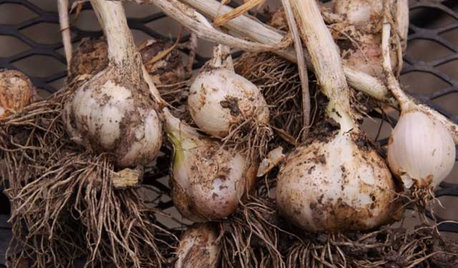
COOL-SEASON CROPSCool-Season Vegetables: How to Grow Garlic
Beloved in a wide range of dishes the world over, garlic thrives in a fall garden and is easy to grow
Full Story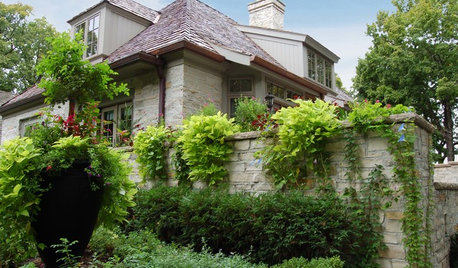
FOLIAGEGreat Design Plant: Ornamental Sweet Potato Vine
Versatile, fast growing, inexpensive and easy on the eyes, ornamental sweet potato vine has it all
Full Story
COOL-SEASON CROPSCool-Season Vegetables: How to Grow Potatoes
This ever-popular tuber is a stalwart in spring and fall gardens and a staple in kitchens everywhere
Full Story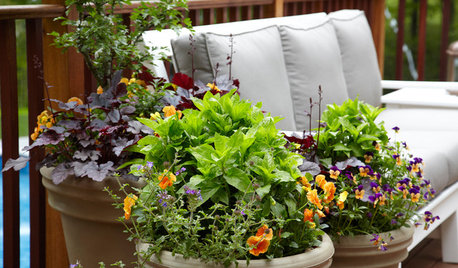
FLOWERS8 Knockout Flowers for a Fall Container Garden
Your cups will overfloweth with color and interest this fall when you plant these vivid seasonal garden classics
Full Story
CONTAINER GARDENS7 Deer-Resistant Flowers for Your Summer Containers
Grow these as protection for edibles or just for their colorful beauty — deer might not like them, but everyone else will
Full Story
GARDENING GUIDESOh, Deer! 10 Native Flowers That Stand Up to the Herds
Keeping a garden amid hungry deer can be hard, but these plants should fare well
Full Story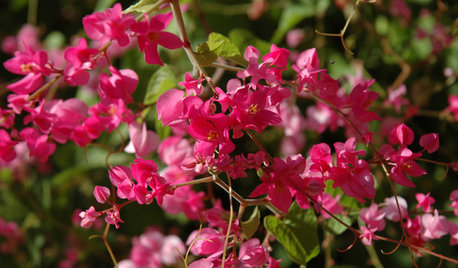
SOUTHWEST GARDENING10 Flowering Vines for Southwestern Gardens
These resilient, adaptable plants thrive in the region’s extreme climate and provide a variety of garden benefits
Full Story
FALL GARDENING9 Deer-Resistant Flowering Shrubs to Plant This Fall
These exquisite shrubs will attract your attention but won’t tempt the deer that roam your neighborhood at night
Full Story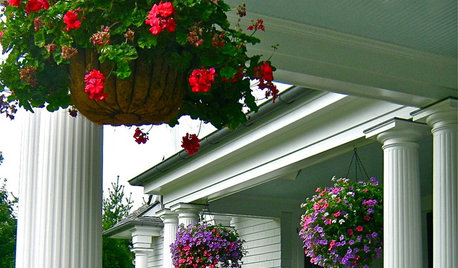
PORCHESGet the Hang of Hanging Flower Baskets
Learn all about container materials, soil and designing a hanging flower arrangement for a bountiful look on your porch or deck
Full Story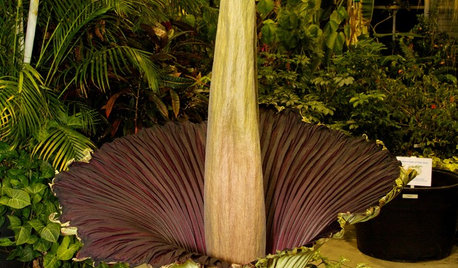
FUN HOUZZSmell This Shocking Flower at Your Own Risk
Don't say we didn't warn you: The foul scent of the rare and incredible corpse flower may knock your socks off
Full Story


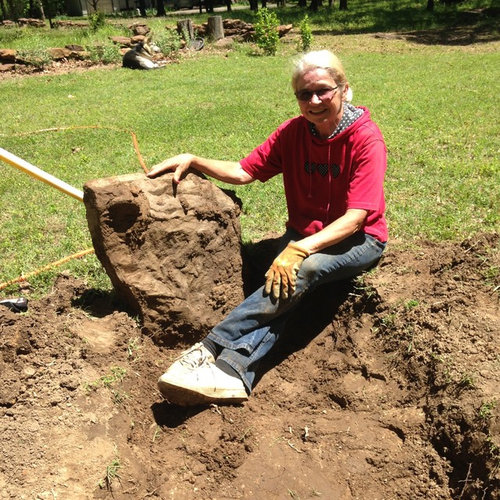
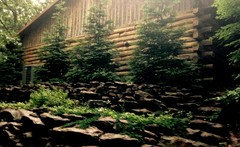
Okiedawn OK Zone 7